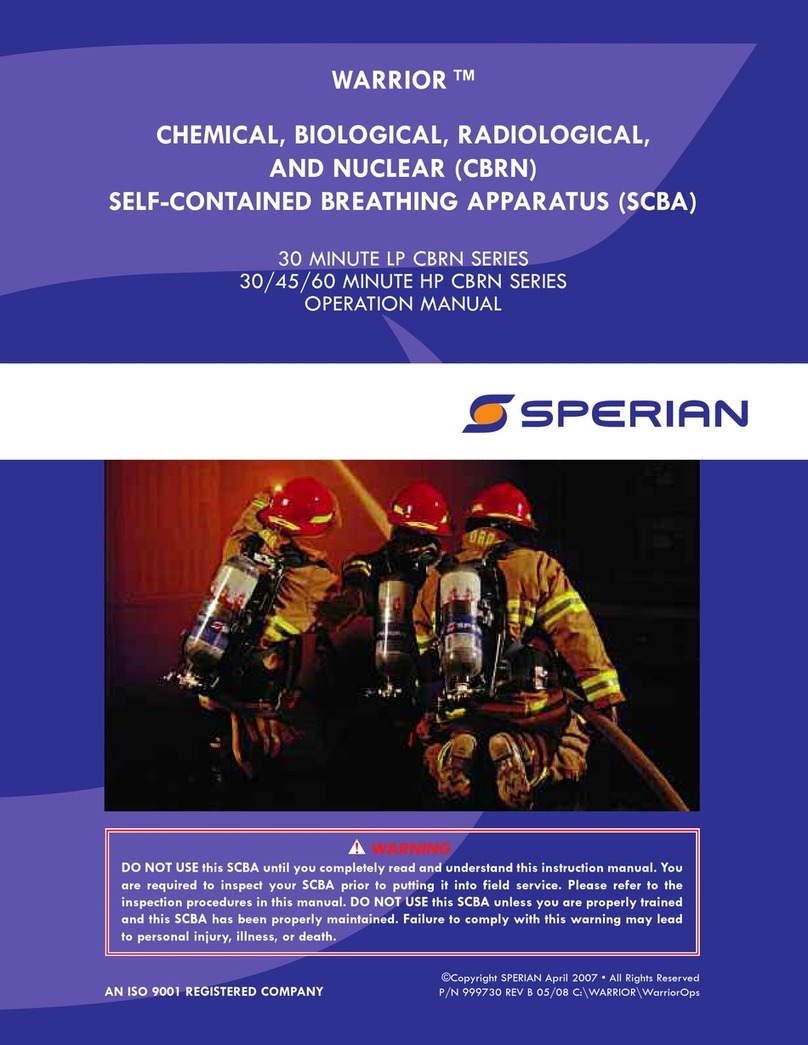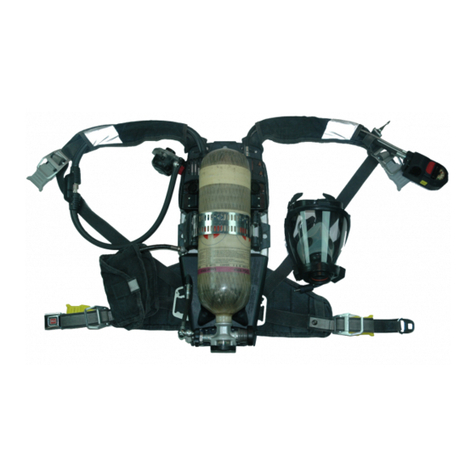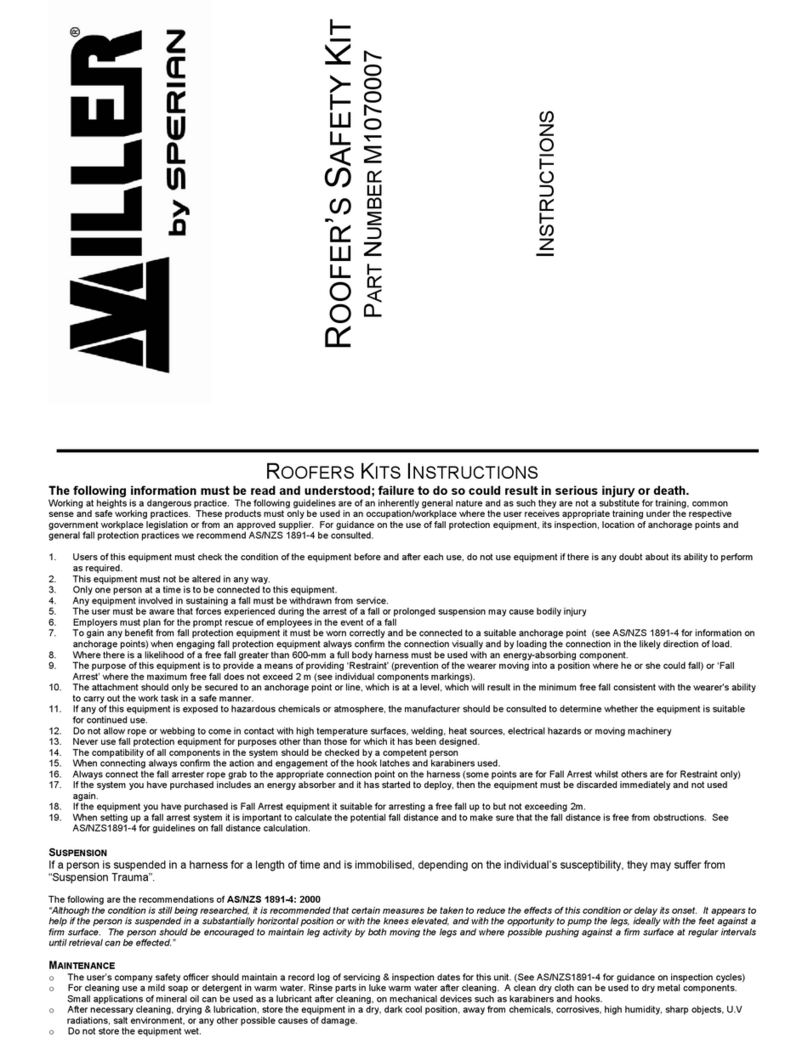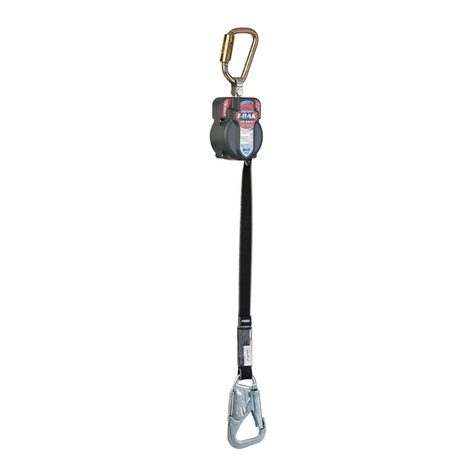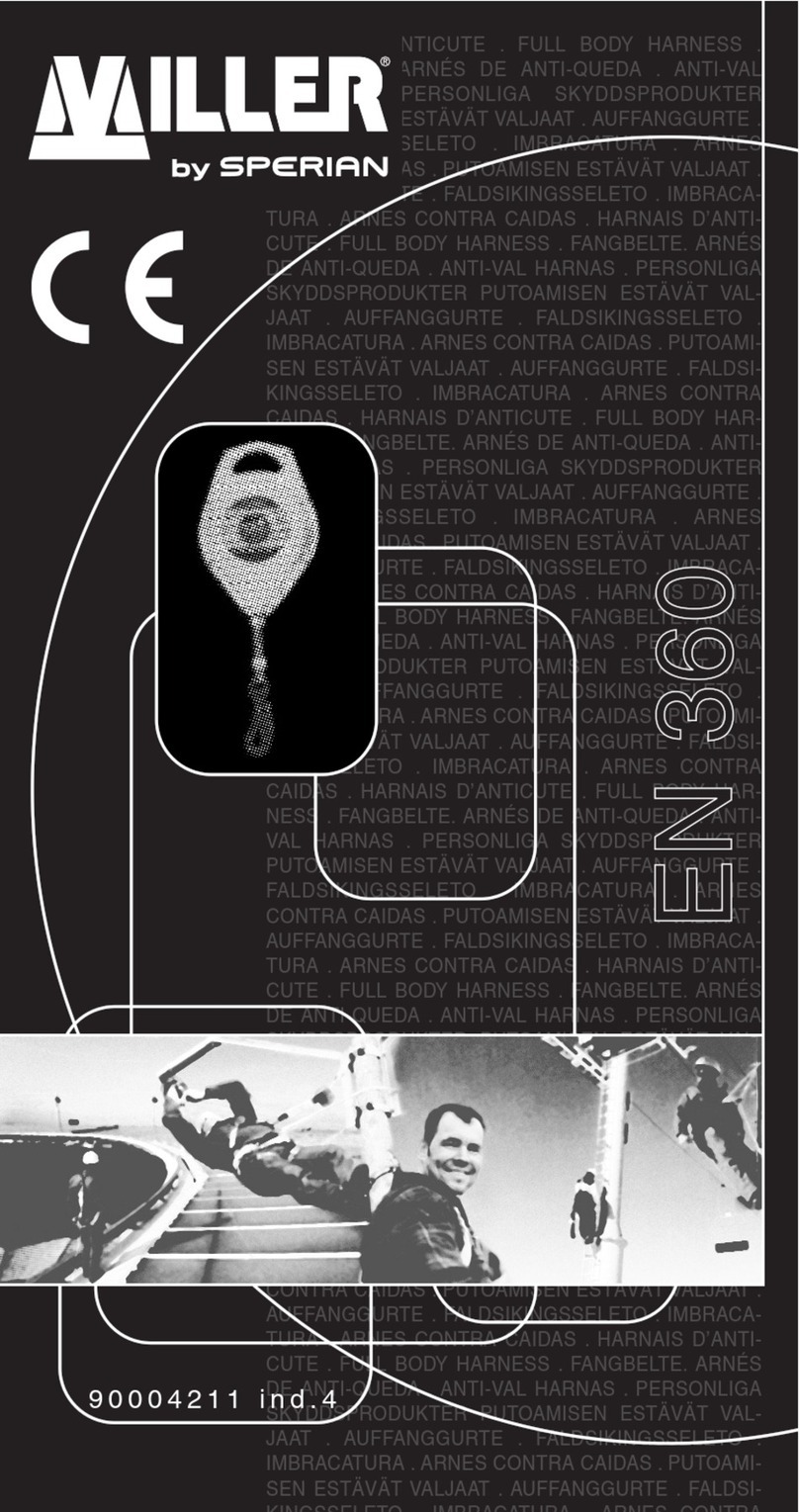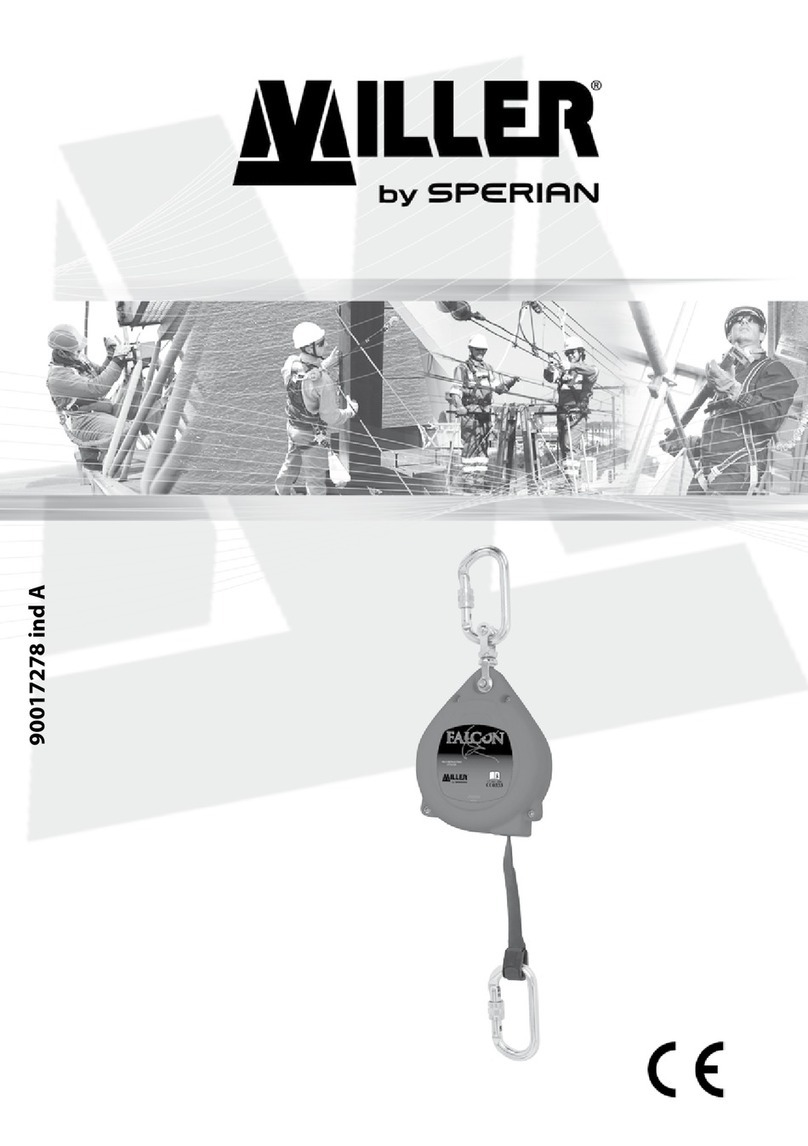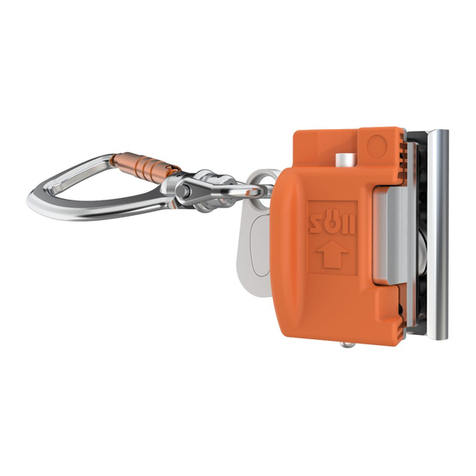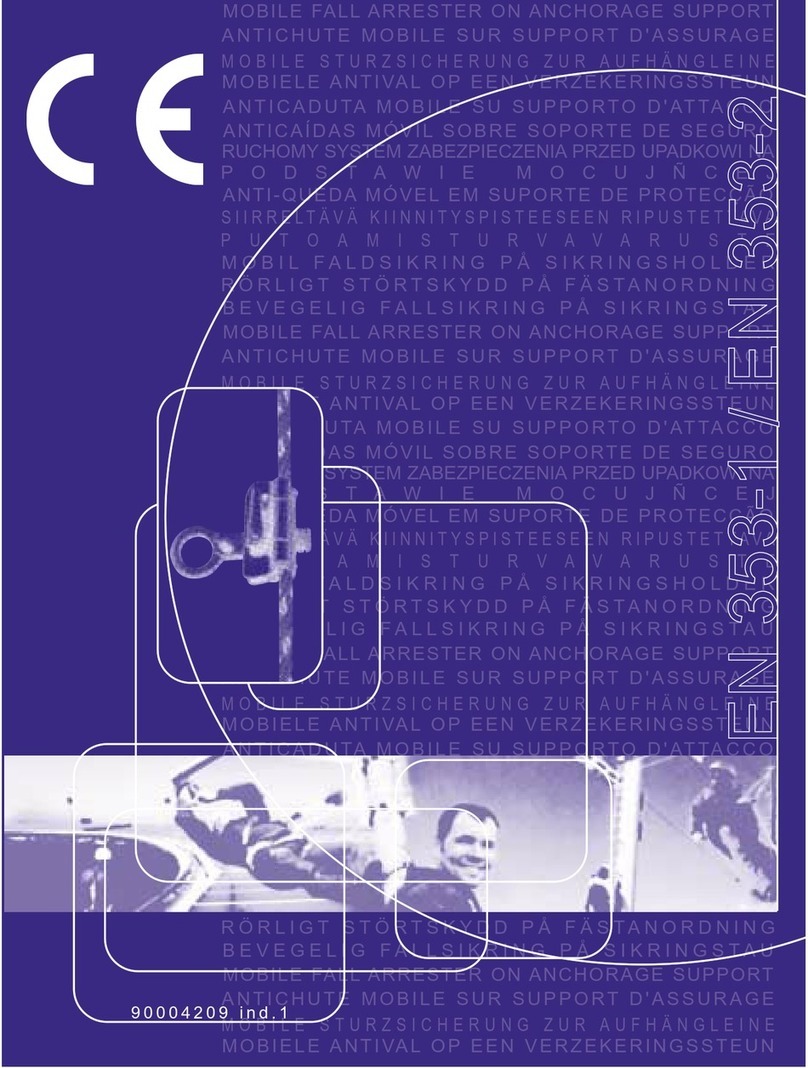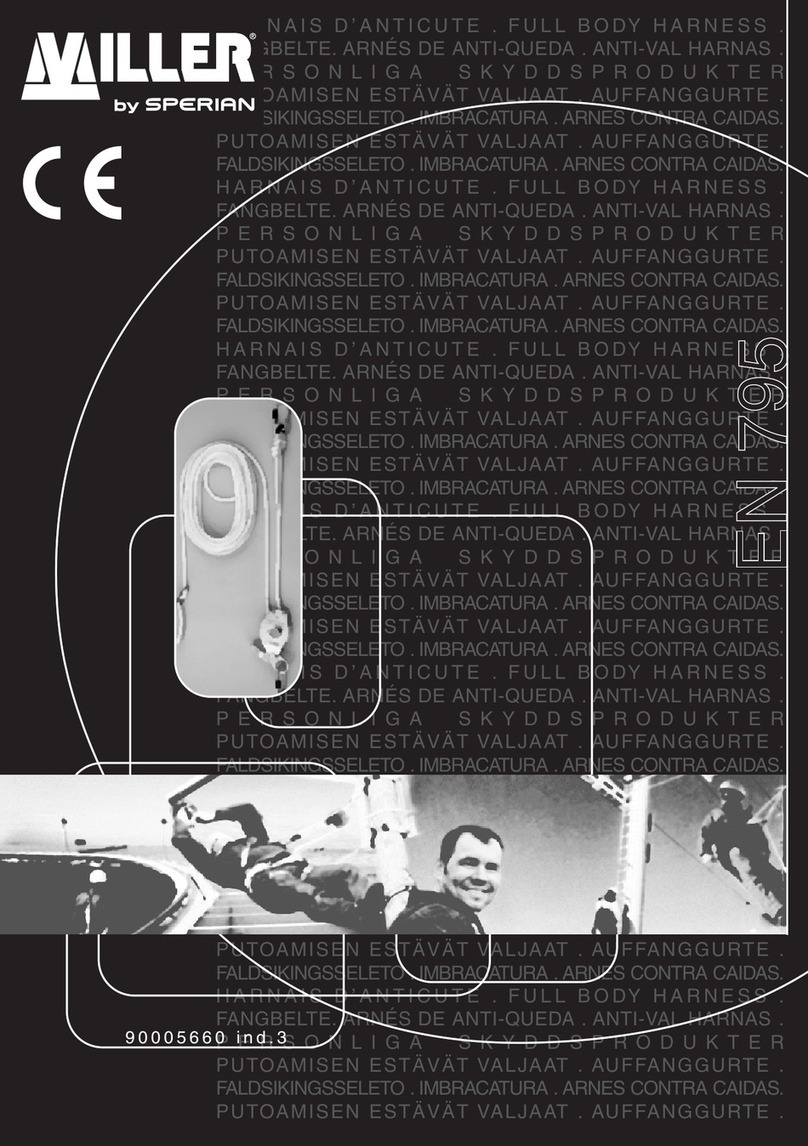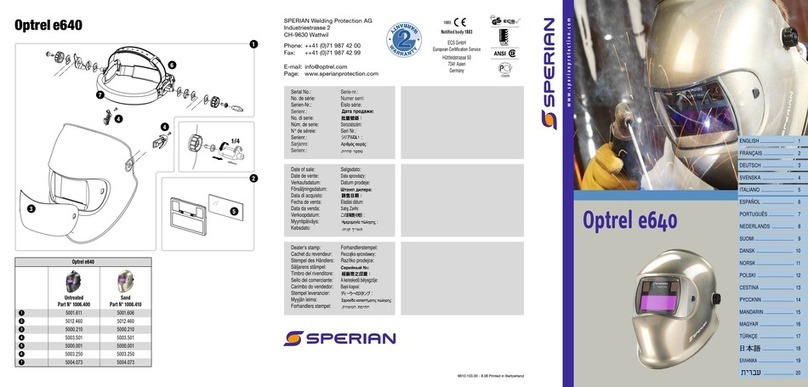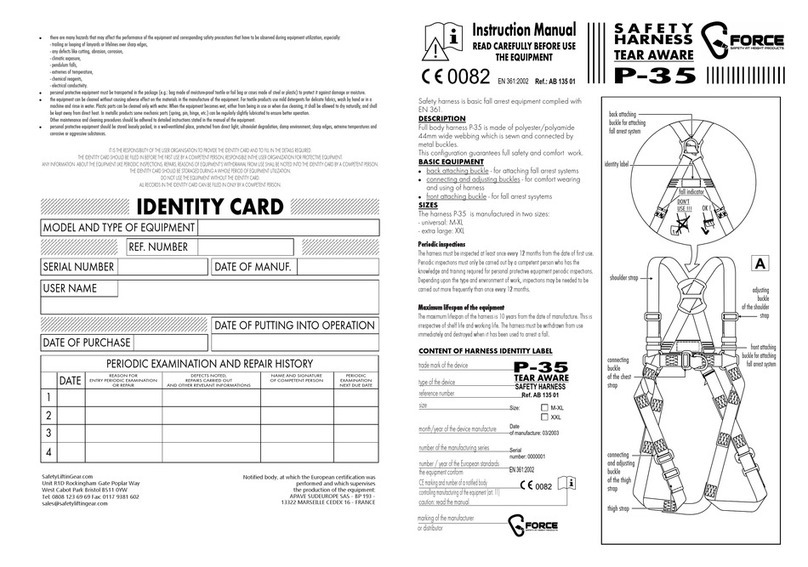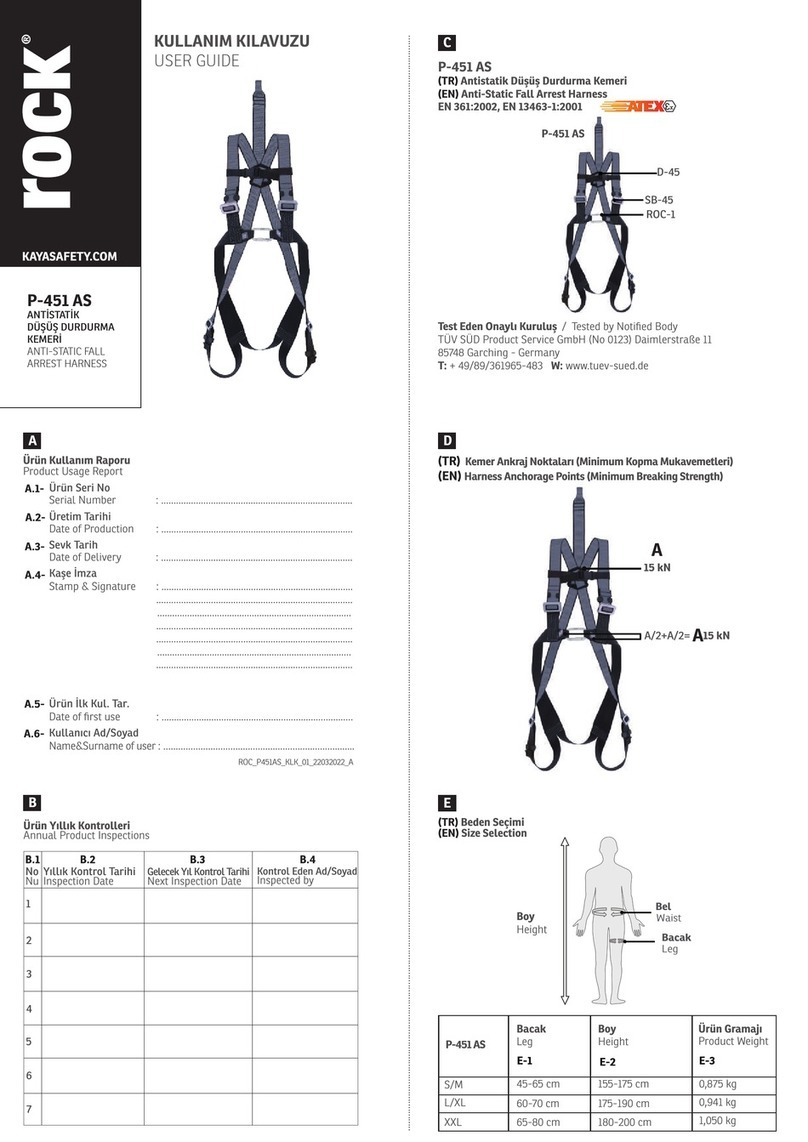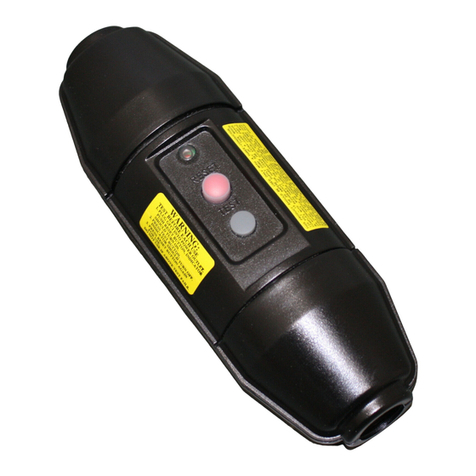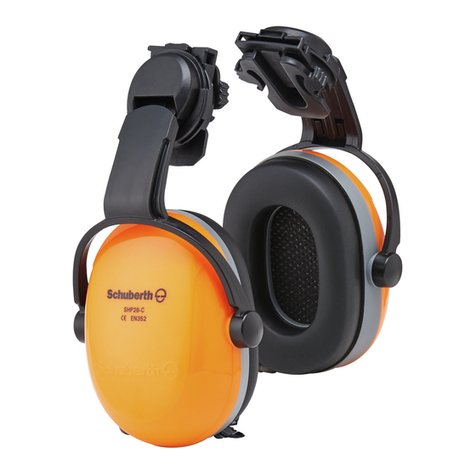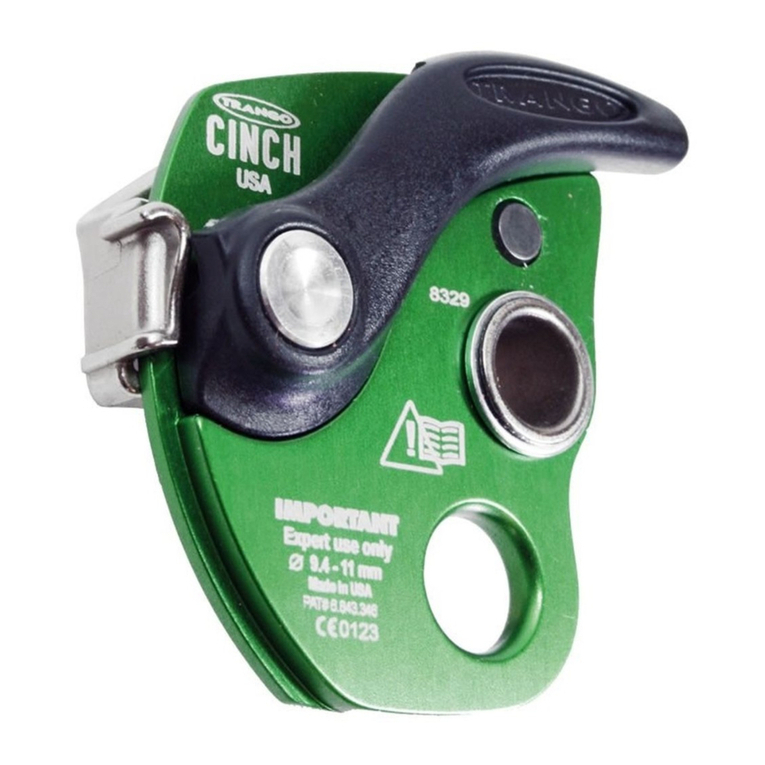
4
• Proper use of fall arrest systems can save lives and reduce the potential of
serious injuries from a fall. The user must be aware that forces experienced
during the arrest of a fall or prolonged suspension may cause bodily injury.
Consult a physician if there is any question about the user’s ability to use this
product. Pregnant women and minors must not use this product.
• Users should be familiar with pertinent regulations governing this equipment.
All individuals who use this product must be correctly instructed on how to use
the system and must read and understand the following instructions before use.
• Any equipment that has seen a fall must be removed from service.
LIFELINE
• Do not use this system if the tensioner does not lock onto the lifeline or if any
component in the system does not operate properly or appears to be damaged.
• Use only the lifeline provided.
• Work directly under or along side the lifeline to avoid hazards of a swing fall.
• The lifeline must be attached independently of the working surface.
• The lifeline must be placed at or above the back D-ring on harness.
CAPACITY
The maximum working load of Miller TechLine is two workers at 310 lbs (140.6kg)
each for the two-worker system. Do not exceed these weights. Refer to section 8.0
on individual fall protection system components for capacities.
FREE FALL
Personal fall arrest systems must be rigged to limit a free fall to the shortest possible
distance according to ANSI Z359.1 and ANSI A10.32 (6ft/1.8m maximum).
FALL CLEARANCE
Ensure that adequate clearance exists in your fall path to avoid striking an object.
The amount of clearance required is dependent upon the type of connecting
subsystem and anchorage location. Refer to section 6.0 on fall clearance for
capacities.
ENVIRONMENTAL HAZARDS
Use of this equipment in areas where environmental hazards exist may require
additional precautions to limit the possibility of injury to the user or damage to the
equipment. Hazards may include, but are not limited to high heat, caustic chemicals,
corrosive environments, high voltage power lines, explosive or toxic gases, moving
machinery, and sharp edges. Polyester should be used in certain chemical or acidic
environments. Consult the manufacturer in cases of doubt. All synthetic material
must be protected from slag, hot sparks, open ames, or other heat sources. The
use of heat resistant materials is recommended in these applications.
CONNECTING DEVICES
• A shock absorbing lanyard, self-retracting lifeline or other equipment specically
designed for fall arrest that has a maximum fall arrest force of 900 lbf (4kN) must
be used as a connecting device.
• Use only connecting devices with compatible locking snaphooks or auto-locking
carabiners.
USER INSTRUCTIONS - ENGLISH
